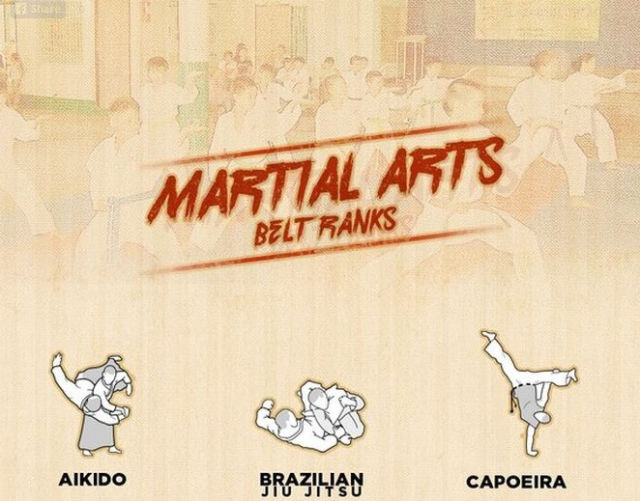Debunking The Various Fighting Style Styles: From Martial Arts To Taekwondo
Debunking The Various Fighting Style Styles: From Martial Arts To Taekwondo
Blog Article
Authored By-Aldridge Pierce
Are you tired of sensation overwhelmed by the huge world of fighting styles? With numerous designs to choose from, it can be simple to obtain shed in a sea of punches, kicks, and strange names. Yet anxiety not!
This discussion will certainly debunk the different fighting styles styles, taking you on a trip from the powerful strikes of Martial arts to the vibrant kicks of Taekwondo. Prepare yourself to discover the beginnings, methods, and philosophies behind these ancient art kinds.
So, tighten your belt and prepare to start an informing exploration into the captivating globe of martial arts.
Beginnings of Martial Arts Styles
The origins of fighting styles styles can be mapped back to old people and their demand for self-defense and combat techniques. Throughout background, different societies developed their very own unique approaches of battling, each with its own set of techniques and viewpoints.
In China, for instance, martial arts styles such as Kung Fu and Tai Chi were developed as a way of self-defense and enhancing physical and psychological wellness.
In Japan, the samurai warriors produced styles like Karate and Judo, concentrating on technique, precision, and proficiency of the body.
Likewise, in Korea, Taekwondo became a fighting style highlighting high kicks, fast motions, and mental perseverance.
These very early human beings laid the foundation for the varied selection of fighting styles styles that exist today, each with its own abundant history and social significance.
Methods and Educating Methods
To master fighting styles styles, experts need to discover various methods and training methods.
Techniques are the details movements and activities used in battle, such as punches, kicks, tosses, and blocks. Various martial arts styles have their own one-of-a-kind collection of strategies that specialists need to master with strenuous training.
Training approaches vary depending upon the style, yet they typically entail a combination of physical conditioning, drills, competing, and forms.
Physical conditioning is critical to develop strength, adaptability, and endurance. Drills assist practitioners improve their techniques and enhance their rate and precision.
https://conandaily.com/2019/10/10/andy-hata-one-century-%E4%B8%96%E7%B4%80-will-showcase-japans-rich-martial-arts-history-tradition/ allows specialists to practice their strategies in a regulated, sensible atmosphere. Types, also known as kata, are cut-and-dried sequences of motions that help specialists create muscle mass memory and emphasis.
Approaches and Principles
Exploring the viewpoints and concepts of martial arts designs can give you with a much deeper understanding of your picked self-control. Each martial art has its very own one-of-a-kind viewpoint and collection of assisting concepts that shape the means it's exercised.
As an example, Karate highlights self-control, respect, and self-control. martial arts with katana educates practitioners to focus their body and minds, enabling them to protect themselves while keeping a sense of internal peace.
On the other hand, Taekwondo positions a strong focus on rate, agility, and flexibility. Its principles are rooted in the tenets of courtesy, stability, determination, self-discipline, and indomitable spirit.
Final thought
Now that you've explored the origins, strategies, and approaches of various martial arts styles, you have a much deeper understanding of these ancient disciplines.
Imagine a young karate pupil, experimenting undeviating resolution and emphasis, breaking through boards with an effective strike.
Their trip showcases the dedication and stamina called for to understand a martial art, advising us that with discipline and determination, anything is possible.
